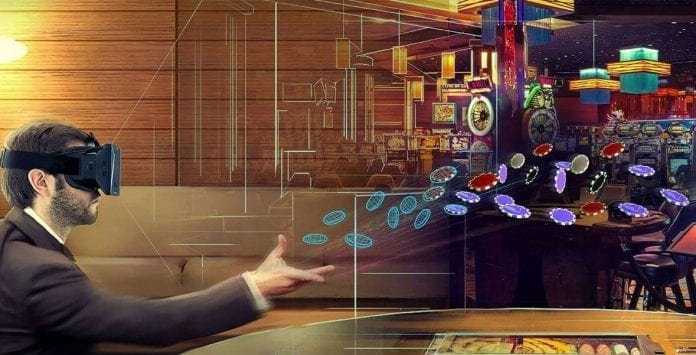The online casino may appear to have alienated millennial gamers from the conventional setting. The major barrier is distance; having to travel to a casino destination that is hours away may very well deter anyone. But there is also a mindset that the casino floor is for the older generation. We could say that this has been propagated by technology. We live in a world where everything is going digital, and mobile phones, tablets, laptops, and other devices are available to people from a rather young age.
The gaming industry also has a part to play. In the bid to bring innovation to casino gaming, promote player retention, and appeal to potential users, it has taken to gamification – adding video game design elements to the online casino industry. Social media platforms like Facebook and Twitter have been used to introduce gaming from an entirely different angle than what it was a couple of decades ago.
In this feature, we explore how the new generation of players are being introduced to the concept of casino gaming, and if there is a possibility that the traditional casino experience could find a way to become appealing to them.
First Taste Of The Casino Experience

The industry is in a race against time. Modern players are extremely savvy, and they consider the old ways to be obsolete. As a result, industry leaders see the need to explore new ideas and methods to attract the next generation of gamblers. The fruits of those efforts resulted in the gamification of the online casino. Gamification elements are ideal for improving user engagement. The younger generation is now exposed to casino games that are similar to the video gaming environment, and this is most prominent in Slots, according to nzonlinecasinos.kiwi.
Once upon a time, spinning the reels on a Slot machine was an action that players made without putting much thought into it. They are the casino game category with the absolute lowest element of skill, so players could mindlessly spin the reels hoping to make a win or two. Slots currently being added to the mix are strikingly different from the kinds played by the older generation. They are becoming increasingly similar to the video game structure that you can check here, where more in-depth user participation is involved, backed up by intriguing storylines and built-in elements.
Through social media, various free poker and bingo games have served as the first introduction to casino gaming for many players. This is a good example of how the industry has adapted to change. It combines two interests – the rave for social networking and the excitement of casino gaming. Players’ interests are aroused with challenges such as collecting coins, extra bonuses, and even inviting friends to join in.
The New Casino Floor Culture
The online casino industry has been operating for more than 20 years over the internet. The number of virtual casinos is constantly on the rise. They have dominated the industry since the beginning of the century to the point that their land-based counterparts seem not to exist. This great divide has taken place for several reasons.

- Starting up an online casino does not take up nearly as much as it costs to run a physical gaming house. The latter requires an actual building in contrast to the software platform of online casinos.
- To run a land-based gaming house, you would need to employ personnel. On the other hand, in the virtual arena, computer programs do all the work and are relatively cheaper labor.
- While costs are the issue of the operator, users are much more intrigued by the unique features of online gaming. The concept of casino bonuses came about following the onset of the online casino. They have become an industry standard, and players find greater satisfaction in joining a casino with a generous bonus than one without.
- With mobile compatibility, upcoming players see more benefits in opting to join a casino site. You can play at any time and any place.
The Road To Blended Casino Gaming
The big question is, will the traditional casino ever be able to attract the new generation?
Despite the idea that the traditional casino is a dying game format, it still manages to thrive in the modern economy. It boils down to the fact that people love to gamble, whether offline or in cyberspace. Land-based lobbies around the world are still very popular among gamers. From the MGM Grand in the US to Sands China, and Tusk Rio, South Africa, the top gaming houses see an influx of players on a regular basis. This is proof that a good number of people still enjoy the brick and mortar setting. There is a need to blend generational differences to connect traditional and non-traditional experiences seamlessly.
A recent innovation is the introduction of the live casino, which already has many aspects that appeal to Millenials. With live dealer games, players are not isolated because they can communicate with other players through the live chat feature, and at the same time, interact with the human dealer. The set up is identical to an offline casino because it is broadcast from real lobbies and studios around the world. The live casino is a fresh take on online gaming, and the best part is that it gives the new generation a taste of the traditional casino culture.
Conclusion
Statistically, the average Slots player is over 50 years old. This is because Slots have been around long before the internet, mobile devices, Playstation, and Xbox came into play. As a result, the traditional casino does not cater to the younger generation of gamers. They seem to prefer games with some level of skill and strategy, where they can engage other players. There is, however, a gleaming ray of hope for the future. The Slot machines of tomorrow are expected to resemble video games even more. With increased skill, modern slots will incorporate more tournaments and competitions among players, transforming the platform into a sort of modern-day arcade.









